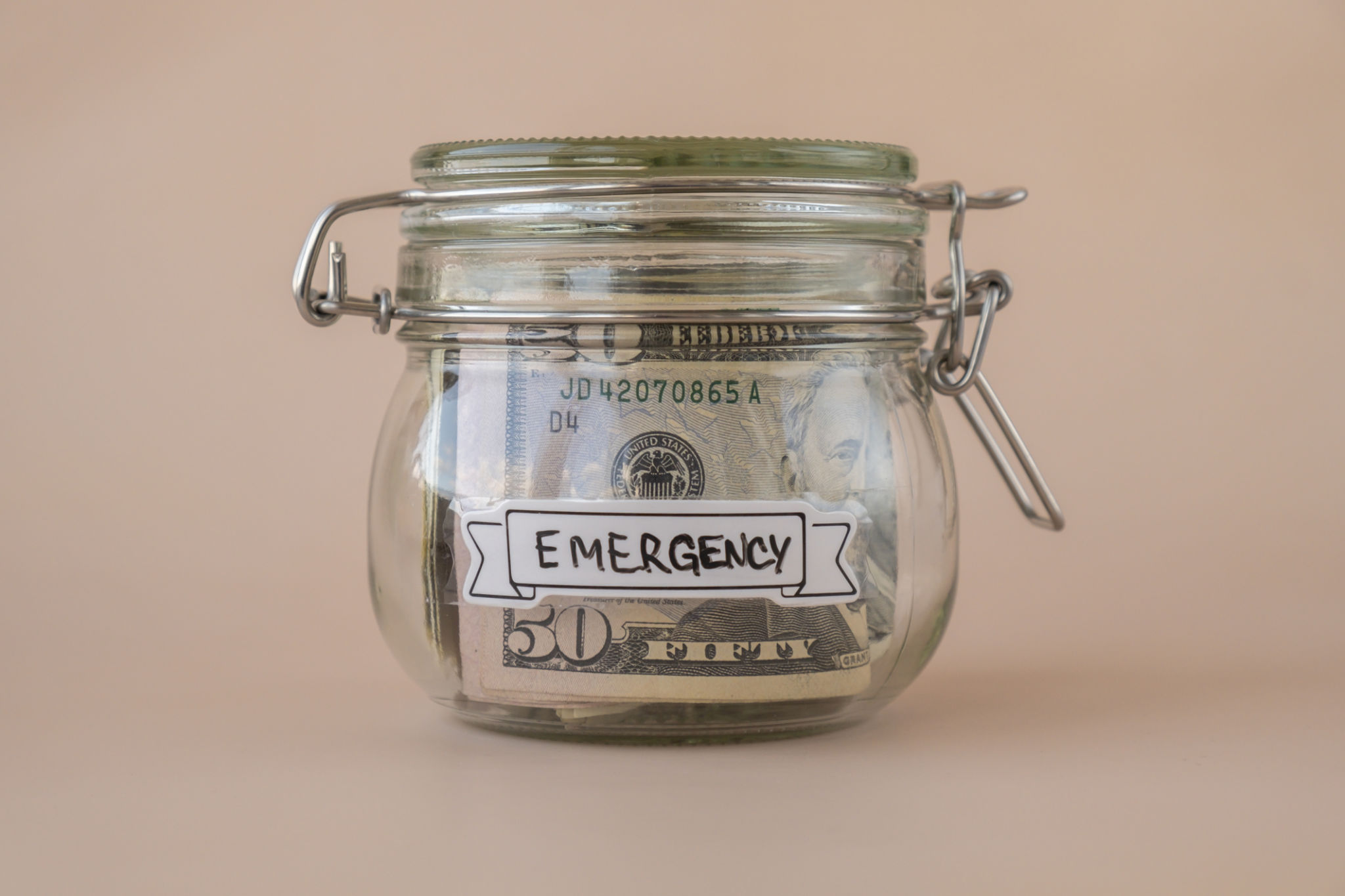The Importance of Strategic Reserve Stockpiles in Financial Planning
Understanding Strategic Reserve Stockpiles
In an ever-changing financial landscape, the concept of strategic reserve stockpiles has gained traction among financial planners and investors. These stockpiles are essentially reserves of assets or resources that individuals or organizations set aside to safeguard against unforeseen circumstances. In financial planning, having a strategic reserve can provide a cushion during economic downturns, market volatility, or unexpected personal expenses.
Strategic reserve stockpiles are not just about hoarding cash but involve a well-thought-out allocation of resources. This includes cash reserves, investments in low-risk assets, and even tangible goods that can hold value over time. By diversifying these reserves, individuals can better withstand financial storms and maintain stability.

The Role of Strategic Reserves in Risk Management
A major benefit of maintaining a strategic reserve is its role in risk management. In financial planning, risk is inevitable. Market fluctuations, job loss, or unexpected medical expenses can all pose significant risks to financial security. Strategic reserves act as a safety net, mitigating these risks by providing readily accessible funds when needed.
Moreover, having a reserve allows for more calculated risk-taking in other areas of financial planning. Knowing there's a backup plan in place can enable individuals to invest more aggressively in other opportunities, potentially leading to greater returns over time.
Types of Strategic Reserves
Strategic reserves can be categorized into several types, each serving a unique purpose:
- Emergency Funds: Cash reserves for immediate access in emergencies.
- Investment Reserves: Low-risk investments that can be liquidated if necessary.
- Tangible Assets: Items like gold or real estate that hold intrinsic value.

Building and Maintaining Strategic Reserves
Building a strategic reserve requires discipline and foresight. It starts with assessing one's financial situation and determining the appropriate size of the reserve. A common rule of thumb is to have three to six months’ worth of living expenses set aside, but this may vary based on individual circumstances.
Once the reserve size is determined, the next step is to implement a savings strategy. This may involve setting aside a portion of monthly income into a high-yield savings account or investing in low-risk securities. The key is consistency—regular contributions to the reserve will ensure it grows over time.
Maintaining Adequate Reserves
Maintaining strategic reserves is just as crucial as building them. Regularly reviewing and adjusting the reserve size based on life changes or economic shifts is essential. Additionally, it’s important to ensure that the reserve remains easily accessible while still earning some level of return.

The Long-Term Benefits of Strategic Reserves
Strategic reserves offer numerous long-term benefits. They provide peace of mind, knowing that one is prepared for financial emergencies. Furthermore, they enable smarter financial decision-making, allowing individuals to seize investment opportunities without undue risk.
Ultimately, strategic reserve stockpiles are an integral part of comprehensive financial planning. They offer stability and resilience in the face of uncertainty, empowering individuals to navigate their financial journeys with confidence.
